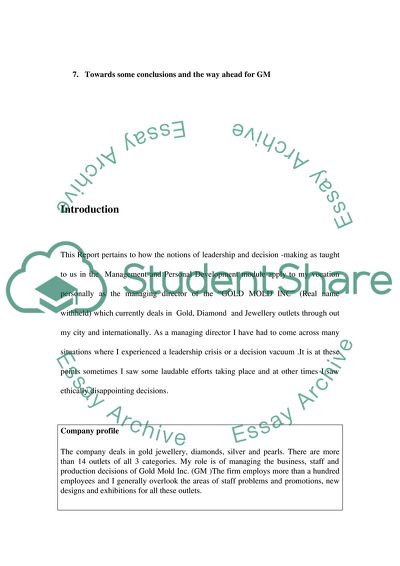Cite this document
(“Motivation Essay Example | Topics and Well Written Essays - 5000 words”, n.d.)
Motivation Essay Example | Topics and Well Written Essays - 5000 words. Retrieved from https://studentshare.org/miscellaneous/1546631-motivation
Motivation Essay Example | Topics and Well Written Essays - 5000 words. Retrieved from https://studentshare.org/miscellaneous/1546631-motivation
(Motivation Essay Example | Topics and Well Written Essays - 5000 Words)
Motivation Essay Example | Topics and Well Written Essays - 5000 Words. https://studentshare.org/miscellaneous/1546631-motivation.
Motivation Essay Example | Topics and Well Written Essays - 5000 Words. https://studentshare.org/miscellaneous/1546631-motivation.
“Motivation Essay Example | Topics and Well Written Essays - 5000 Words”, n.d. https://studentshare.org/miscellaneous/1546631-motivation.


